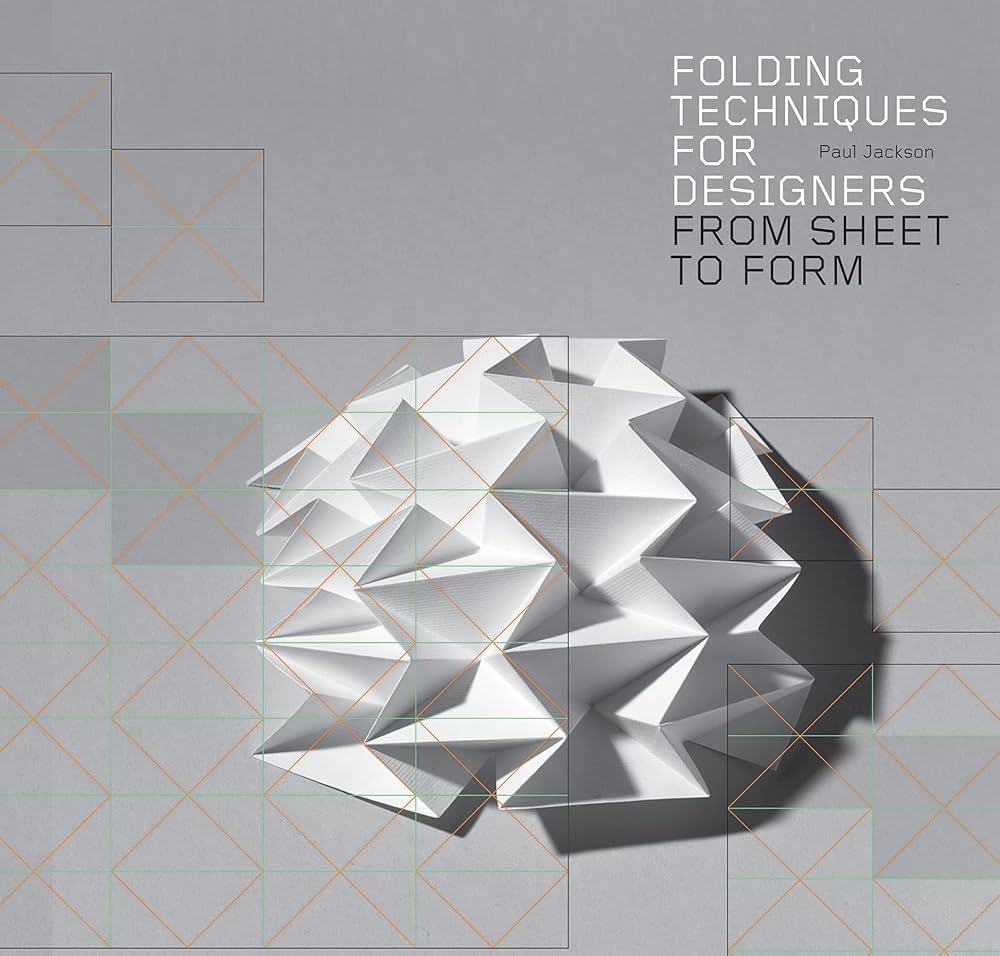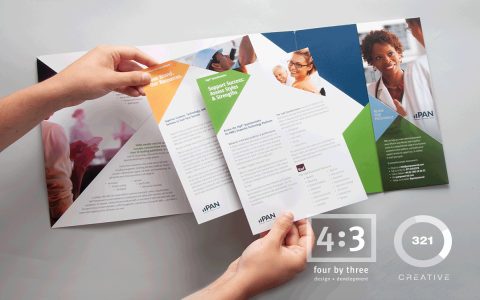The Essence of Folding in Fashion Design
Folding techniques are fundamental structural elements that define texture, form, and movement in garments. Designers leverage folds to manipulate fabric behavior, enhancing drape and creating visual interest. Primary types include:
- Pleats: Uniform or irregular folds that add volume, as seen in skirts or tailored pants.
- Darts: Tapered folds that contour fabric to the body, crucial for shaping jackets and dresses.
- Gathers: Soft, organic folds used for fullness, ideal in sleeves or bodices.
Application Strategies
In pattern drafting, precise measurements are essential to ensure folds translate correctly from sketch to final piece. Key approaches:
- Calculating Fold Depth: Adjust based on fabric weight—lighter materials like silk require shallow folds for subtlety.
- Placement: Position folds at stress points, such as waistlines, to improve fit and reduce strain.
Benefits and Innovations
Modern designers use folding to solve functional issues, like breathability in activewear, while expressing artistry through asymmetry. Sustainable practices incorporate recycled fabrics, where folds minimize waste during cutting. Best practices include testing prototypes with varied tensions to maintain design integrity under movement.








